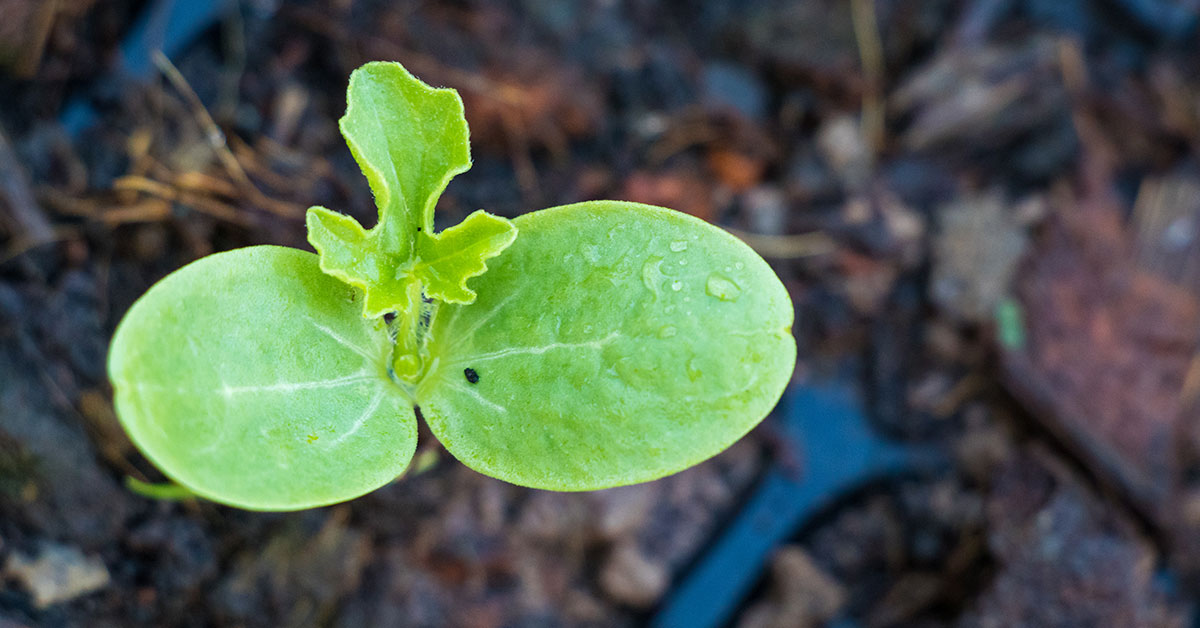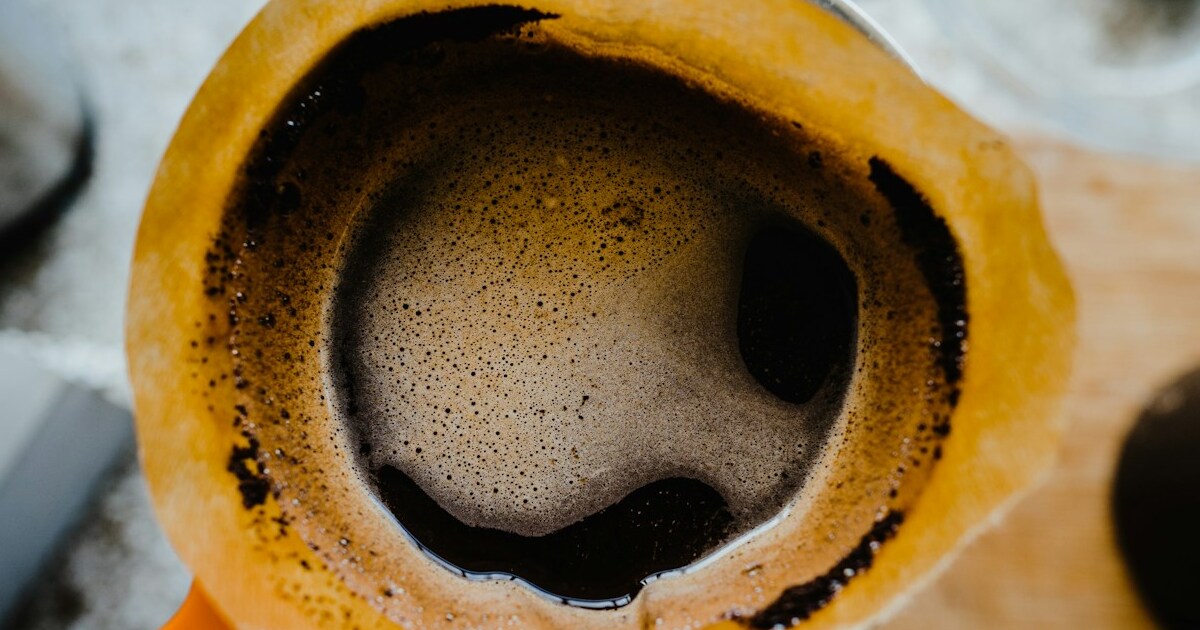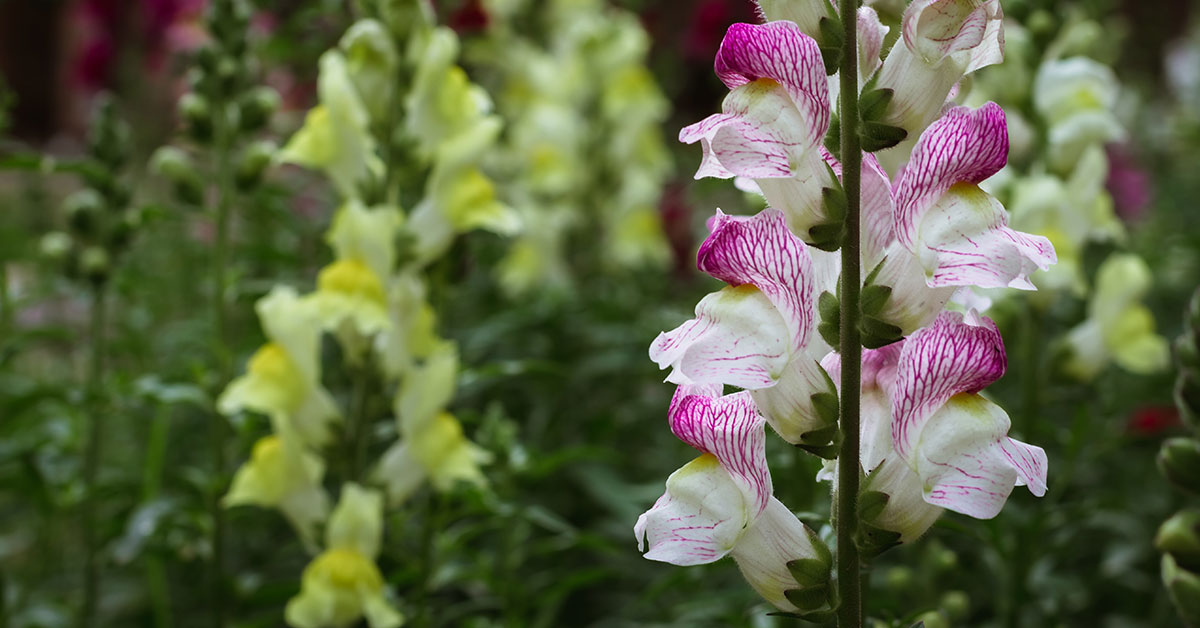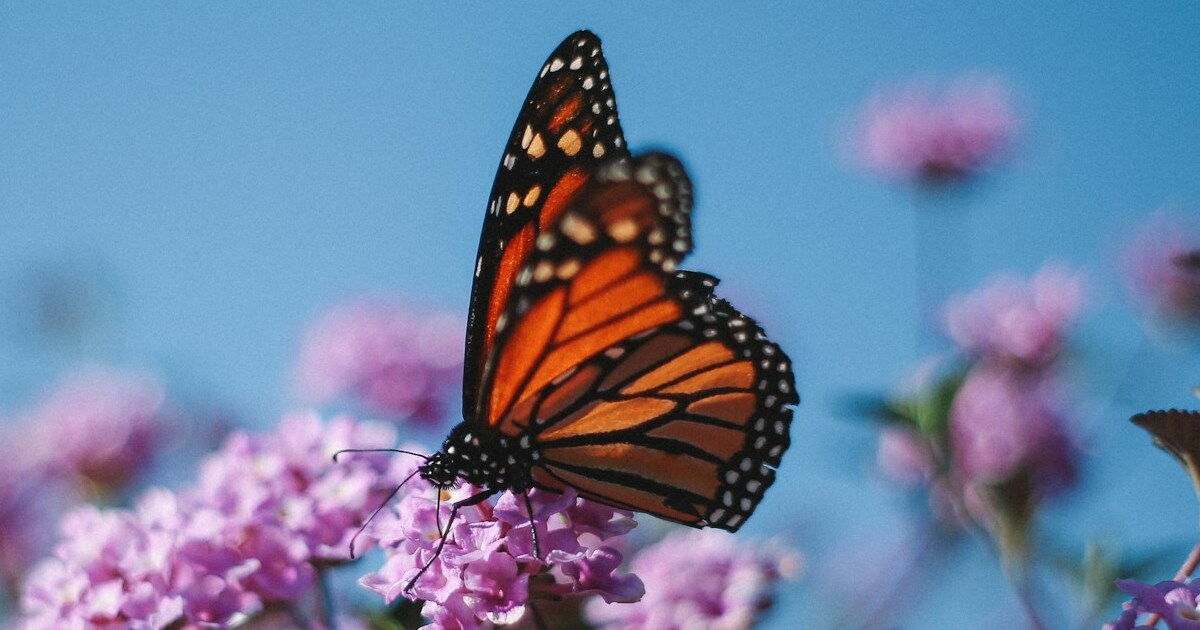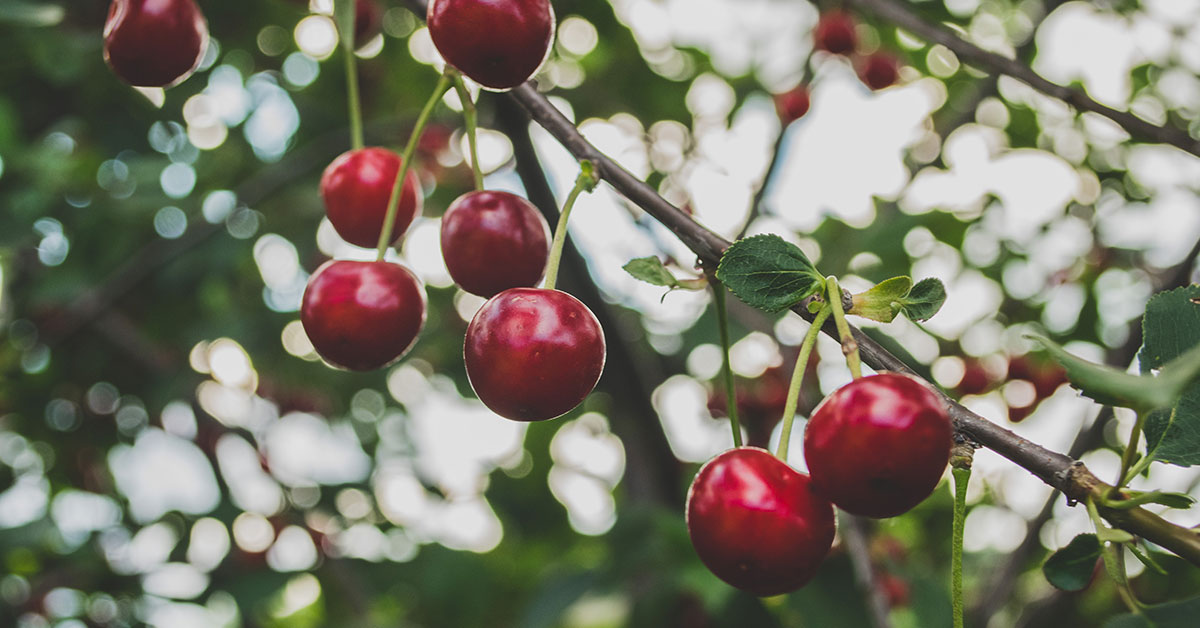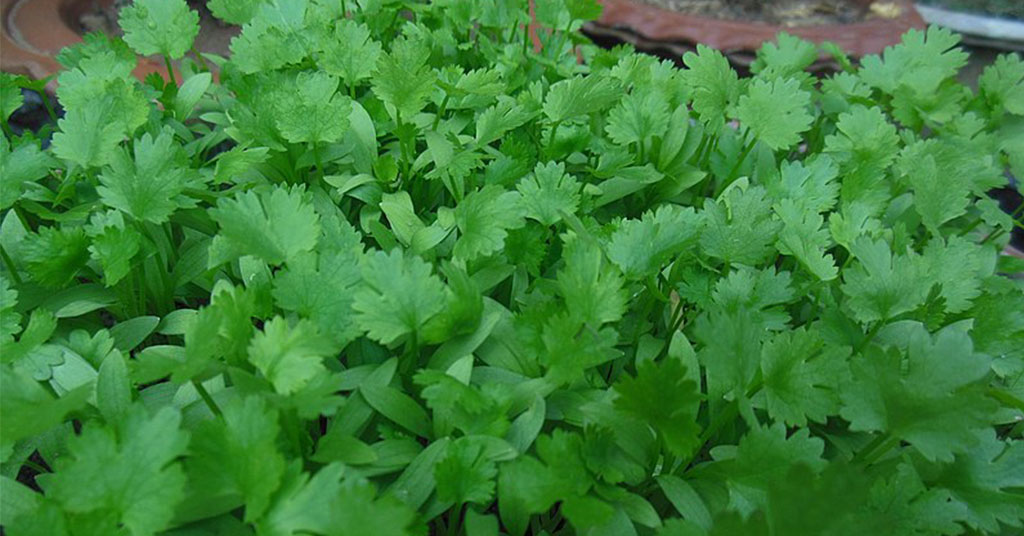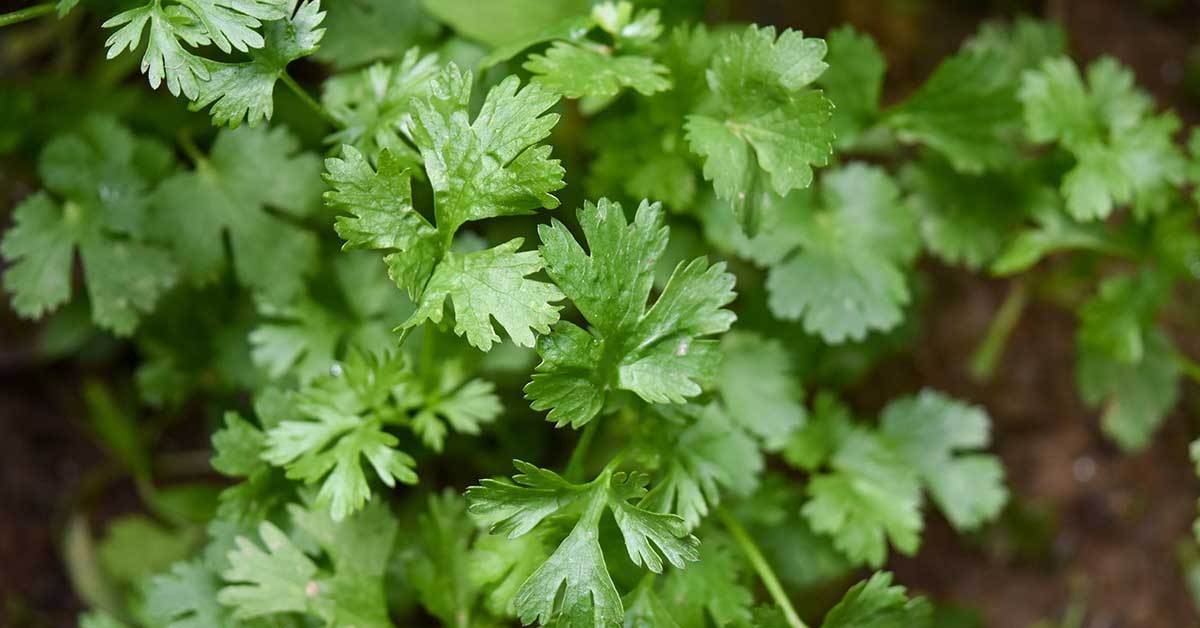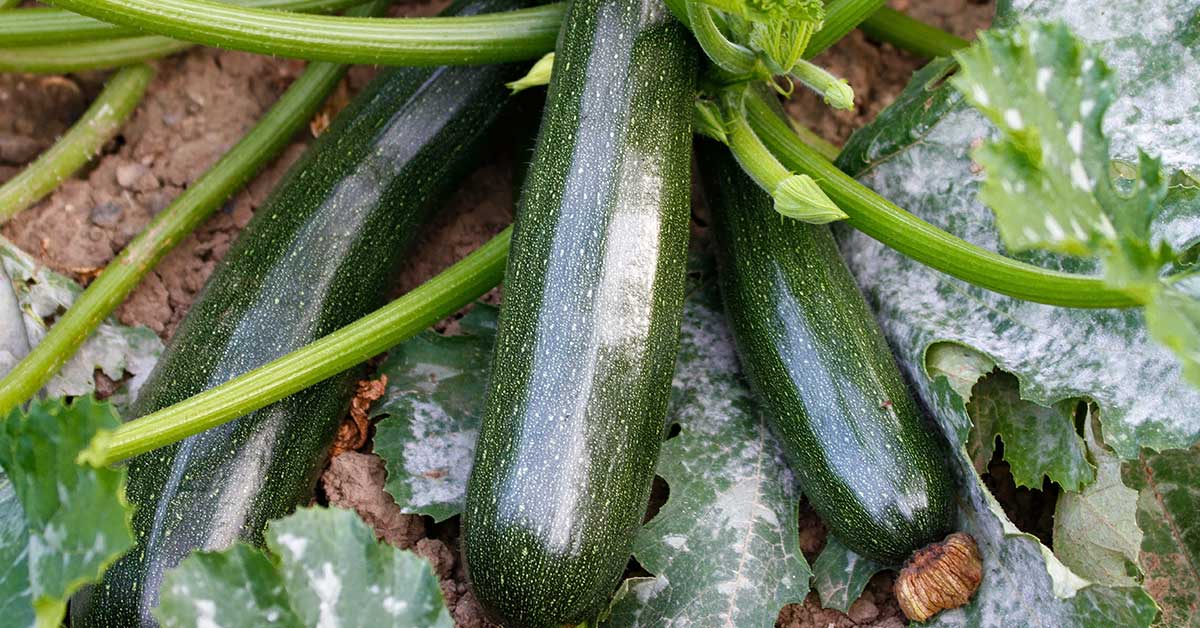Welcome to the world of watermelon cultivation in Oregon! If you’re a gardening enthusiast looking to grow this juicy and refreshing fruit in the beautiful state of Oregon, you’ve come to the right place. Watermelons are a popular choice for home gardeners, and with the right timing and care, you can enjoy a bountiful harvest of these sweet and succulent delights.
In this article, we will guide you through the process of determining the best time to plant watermelon in Oregon, taking into account the unique climate and growing conditions of the region. So, grab your gardening tools and get ready to dive into the world of watermelon cultivation in the Beaver State!
Best varieties of watermelon to grow in Oregon
In Oregon, the climate is generally mild with cool summers, so it’s important to choose watermelon varieties that are well-suited for this type of growing environment. Here are a few watermelon varieties that tend to perform well in Oregon:
- Sugar Baby: This is a popular variety known for its small size and excellent flavor. Sugar Baby watermelons mature relatively quickly, making them a good choice for Oregon’s shorter growing season.
- Crimson Sweet: This variety produces large, oval-shaped watermelons with sweet, juicy flesh. Crimson Sweet watermelons have a good resistance to diseases and can tolerate cooler temperatures, making them suitable for Oregon’s climate.
- Blacktail Mountain: This variety is specifically bred for cooler climates and is well-suited for Oregon’s growing conditions. Blacktail Mountain watermelons have a dark green rind and sweet, red flesh. They are known for their early maturity and ability to tolerate cooler temperatures.
- Moon and Stars: This unique variety features a dark green rind speckled with yellow “stars” and a large yellow “moon” on the surface. Moon and Stars watermelons have a sweet flavor and can tolerate cooler temperatures, making them a good choice for Oregon gardeners.
Remember to provide your watermelon plants with full sun exposure, well-draining soil, and consistent watering for optimal growth and fruit production. Additionally, it’s always a good idea to check with local nurseries or agricultural extension offices for specific recommendations based on your location within Oregon.
When to plant watermelon in Oregon
The best time to plant watermelon in Oregon is typically in late spring to early summer, when the soil temperature has warmed up to at least 70°F (21°C). Watermelons are warm-season crops and require a long, frost-free growing season to mature properly. In Oregon, this usually occurs around mid-May to early June. It is important to check the local weather conditions and frost dates for your specific region in Oregon to determine the exact planting time.
How to grow
Growing watermelon requires careful planning and attention to detail. Here are the steps and considerations to keep in mind:
- Watermelons thrive in warm climates with temperatures between 70-90°F (21-32°C).
- Choose a location with full sun exposure.
- The soil should be well-draining, loose, and rich in organic matter. Aim for a pH level of 6.0-6.8.
- Choose watermelon seeds suitable for your climate and desired variety.
- Start seeds indoors 2-4 weeks before the last frost date in your area.
- Sow seeds 1 inch deep in seed trays or biodegradable pots filled with seed-starting mix.
- Keep the soil consistently moist and maintain a temperature around 80°F (27°C) until germination.
- Transplant seedlings outdoors when all danger of frost has passed and soil temperature reaches at least 70°F (21°C).
- Space the seedlings 3-4 feet apart in rows, leaving 6-8 feet between rows.
- Handle seedlings carefully to avoid damaging the roots.
- Watermelons require regular and consistent watering throughout the growing season.
- Provide deep watering to encourage deep root growth.
- Avoid overhead watering to prevent leaf diseases. Drip irrigation or soaker hoses are ideal.
- Before planting, incorporate well-rotted compost or aged manure into the soil.
- Apply a balanced fertilizer (10-10-10) at planting time, following the package instructions.
- Side-dress with nitrogen-rich fertilizer when vines start to run, and again when fruits are forming.
- Apply a layer of organic mulch around the plants to conserve moisture, suppress weeds, and regulate soil temperature.
- Regularly remove weeds to prevent competition for nutrients and water.
- Watermelon vines tend to sprawl, but you can train them to grow vertically on trellises or supports to save space.
- Pinch off lateral shoots and limit each plant to 2-3 main vines to promote better airflow and fruit development.
- Common pests include aphids, cucumber beetles, and squash bugs. Use organic pest control methods or insecticidal soaps if necessary.
- Diseases like powdery mildew and fusarium wilt can affect watermelons. Choose disease-resistant varieties and practice crop rotation.
- Watermelons are ready for harvest when the tendril closest to the fruit turns brown, and the bottom of the fruit turns yellow.
- Tap the watermelon; if it sounds hollow, it’s likely ripe.
- Cut the fruit from the vine, leaving a few inches of stem attached.
By following these steps and considerations, you can successfully grow delicious watermelons in your garden.
When to harvest
Watermelon should be harvested in Oregon when they are fully ripe, which typically occurs in late summer or early fall. The exact timing can vary depending on the specific variety of watermelon you are growing and the weather conditions during the growing season. However, as a general guideline, you can start checking for ripeness around 80-90 days after planting the seeds. To determine if a watermelon is ready to be harvested, look for the following signs:
- Color: The watermelon’s skin should have a deep, uniform color. For most varieties, this is a dark green or blackish-green hue. Avoid harvesting if the skin is still pale or light green.
- Thumping: Gently tap the watermelon with your knuckles. A ripe watermelon will produce a deep, hollow sound. If it sounds dull or solid, it may not be fully ripe yet.
- Tendril drying: Check the tendril closest to the stem where the watermelon is attached. If it has turned brown and dried up, it is a good indication that the watermelon is ripe.
- Size and shape: Watermelons should reach their mature size and have a symmetrical shape. However, keep in mind that the size can vary depending on the variety.
It is important to note that watermelons do not continue to ripen after they are harvested, so it is crucial to pick them at the right time for optimal flavor and sweetness.
Common watermelon plant problems and fixes
Common problems when growing watermelon include:
- Poor pollination: Watermelon plants require proper pollination for fruit set. If there are not enough bees or other pollinators in your garden, you can hand-pollinate the flowers using a small brush or cotton swab. Gently transfer pollen from the male flowers to the female flowers.
- Blossom end rot: This is a condition where the bottom end of the fruit turns black and rots. It is caused by calcium deficiency or irregular watering. To prevent blossom end rot, ensure consistent watering and add calcium-rich amendments to the soil before planting.
- Powdery mildew: This fungal disease appears as a white, powdery coating on the leaves. To prevent powdery mildew, provide good air circulation by spacing plants properly and avoid overhead watering. If it occurs, treat with a fungicide labeled for powdery mildew.
- Insect pests: Common pests that attack watermelon plants include aphids, cucumber beetles, and squash bugs. Monitor your plants regularly and use organic insecticides or insecticidal soaps to control infestations.
- Fruit cracking: Cracking can occur when there is rapid growth followed by heavy rainfall or irregular watering. To prevent fruit cracking, ensure consistent watering and provide mulch around the plants to retain moisture.
- Poor fruit set: If your watermelon plants are not producing many fruits, it could be due to inadequate pollination, high temperatures, or lack of nutrients. Ensure proper pollination, provide shade during hot periods, and fertilize regularly with a balanced fertilizer.
Remember to follow proper cultural practices such as providing full sun, well-draining soil, and regular watering to promote healthy watermelon growth and minimize problems.


